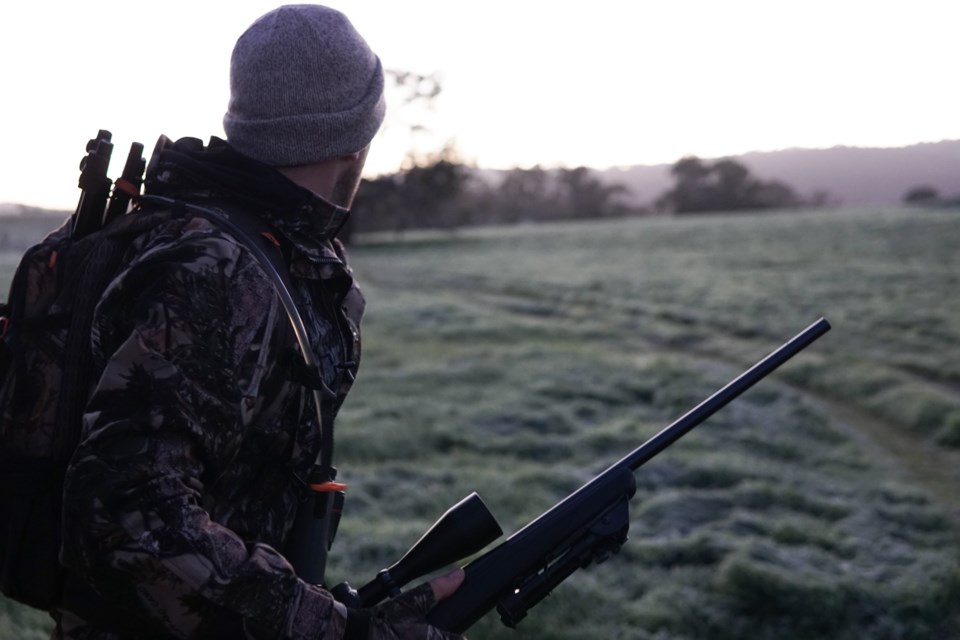NewmarketToday welcomes your letters to the editor at [email protected]. Please include your daytime phone number and address (for verification of authorship, not publication).
Re: Letter to the editor, Inhumane, heartless penned dog hunting must to stopped, July 9, 2023; Letter to the editor, Province sanctions animal torture with penned dog hunting, July 6, 2023.
The Ontario Federation of Anglers and Hunters is compelled to respond to a letter to the editor in which the writer expressed concerns with respect to train and trial areas (TTA) and, in doing so, echoed many common misconceptions surrounding this topic. We hope the following information helps to clear up some of the confusion and addresses these concerns.
The term penned dog hunting is misleading and should not be confused with sporting dog training and trialing areas, or viewed as part of the activities that occur in these areas. Training and trialing areas are important for the creation of well-trained dogs and are used to train sporting dogs to identify the scent of the game species that can be legally hunted in fair chase environments during regulated hunting in natural habitat.
Critically, the dogs do not actually capture any wildlife within a TTA. Strict regulations exist to ensure the animals within these enclosures, with minimum size regulations for each species, can avoid direct encounters with dogs, including escape routes and cover. The areas are filled with dense brush and other natural features, contain food and water, and operators must adhere to rules around use, including time limitations on how often and how long dogs can be in an enclosure at all.
Simply put, there is absolutely no “wildlife torture” occurring at these locations, and the animals are not being kept in small cages or held in barns.
Regarding the letter writer’s suggestion that dogs are put in harm’s way at TTAs, it is important to consider that people who own dogs for the purposes of hunting tend to spend significantly more time training them than most pet owners. Logically, it would be against their best interests to put the dog at undue risk of injury or death in a training and trialing area.
In fact, one of the key functions of TTAs is to provide a more controlled and therefore safer setting to train hunting dogs, as compared to in the field. Furthermore, these dogs are still considered pets. Like any pet owner, hunters prioritize the well-being of their dogs.
Lastly, claims that training and trialing areas pose a threat to the public are completely unfounded. Being able to train these dogs in safely enclosed and regulated areas gives peace of mind to both the dog owners and public as it reduces chances of accidental trespassing, conflicts with livestock, chasing non-target wildlife, and avoiding road collisions, since dog handlers have complete control over their dogs in a TTA.
Expanding access to training and trialing areas is not endorsing abuse of wildlife, but rather a means to create responsible dogs and hunters in the pursuit of various legal and ethical hunting activities and sporting competitions. It is extremely important to clear up misinformation and confusion on topics like this, so that our efforts can be collectively focused on the many, very real issues facing wildlife and conservation today.
Kirsten Snoek
Ontario Federation of Anglers and Hunters wildlife biologist
Peterborough


